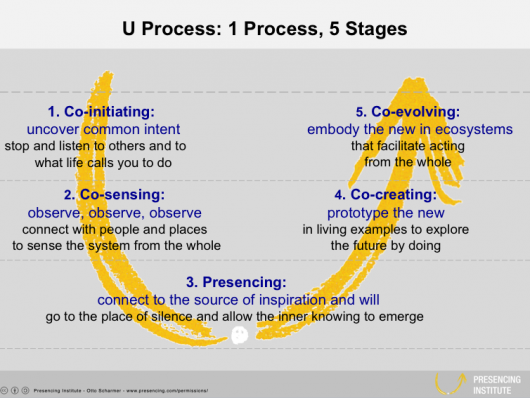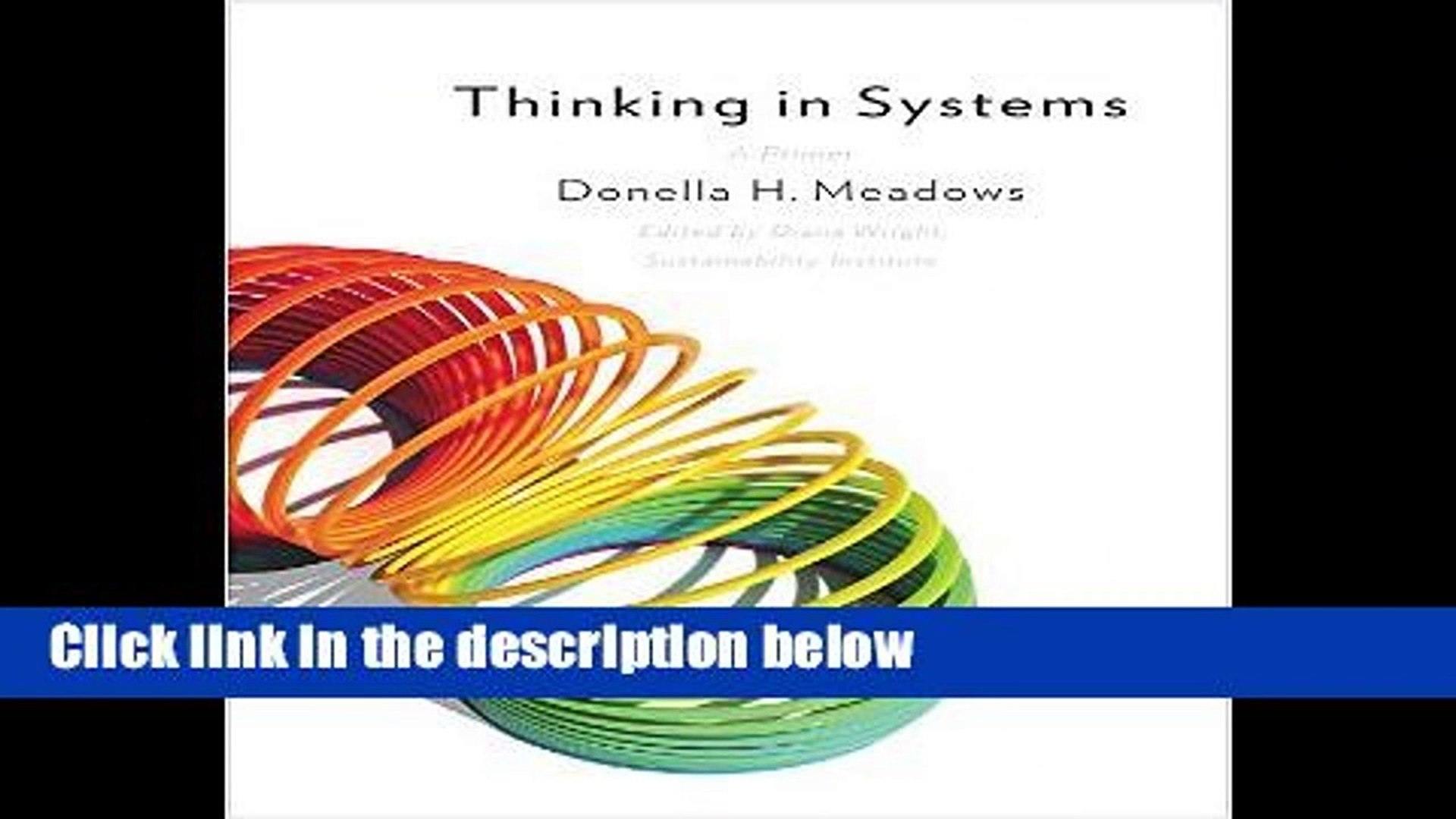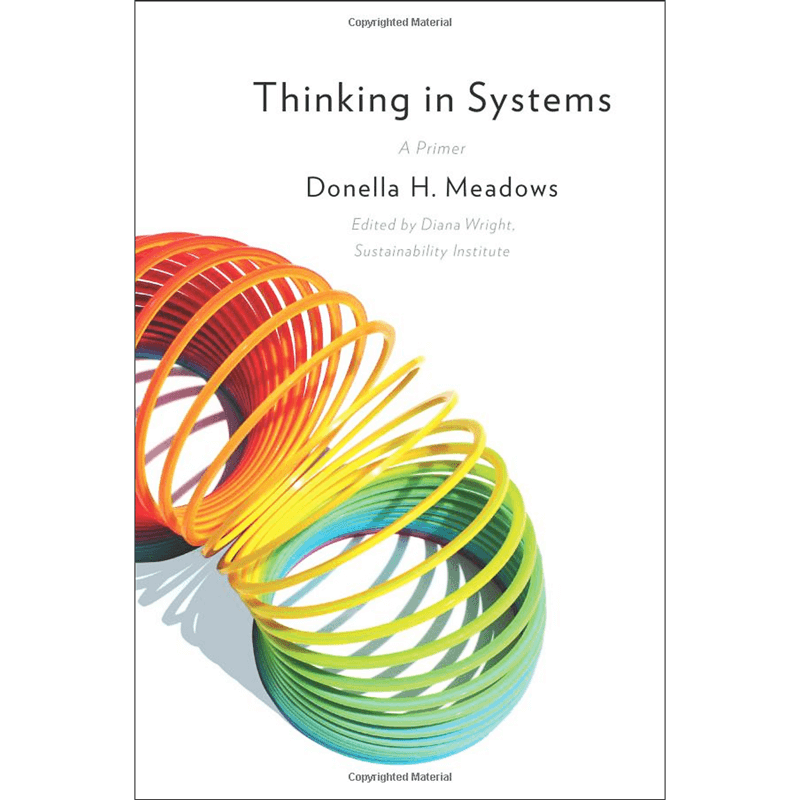

- #DONELLA MEADOWS THINKING IN SYSTEMS DIAGREAM HOW TO#
- #DONELLA MEADOWS THINKING IN SYSTEMS DIAGREAM DRIVERS#
- #DONELLA MEADOWS THINKING IN SYSTEMS DIAGREAM FULL#
#DONELLA MEADOWS THINKING IN SYSTEMS DIAGREAM FULL#
In the book / full book summary, we explain how/why these 3 key characteristics are vital for long-term system effectiveness: resilience, self-organization and hierarchy. We tend to focus our interventions on observable elements and short-term results, which are ineffective and even harmful in the long run.
#DONELLA MEADOWS THINKING IN SYSTEMS DIAGREAM HOW TO#
In the book / our complete 13-page summary, you can learn how to better apply systems thinking: Building the 3 Characteristics of Effective Systems The real value of systems thinking is in helping us to understand the complexity of the world we live in, so we can manage our expectations, learn from surprises, and actively design/refine systems and find creative ways to bring our visions to life. Ultimately, it’s impossible to fully understand dynamic, self-organizing, nonlinear systems, much less predict or control them.

#DONELLA MEADOWS THINKING IN SYSTEMS DIAGREAM DRIVERS#
We also explain how (i) time lags, (ii) renewable vs non-renewable stocks, (iii) drivers and (iv) interaction between these variables can affect system behaviors. In our complete book summary, we’ve distilled these into a few key illustrations of systems with 1 vs 2 stocks and balancing vs reinforcing feedback loops. In the book, Meadows shares numerous examples, charts and diagrams to help us see how systems-thinking can be applied to real world systems from societies to economies, inventory etc. Just like how animals in the zoo give us a snapshot (but not the full picture) of wildlife, systems diagrams represent a simplified model of the world. When you examine it alongside time-graphs, you can get a better grasp of how each variable affects the water levels. For example, the simple diagram below shows the key factors that affect the water level in a reservoir. The best way to understand a system is to (i) map out a system diagram and (ii) plot the variables/stocks on a time graph.


Such loops bring exponential growth but can also cause things to spin out of control and collapse. For example, the more people catch a virus the faster it spreads, or the more you save the faster your bank balance grows from the compound interest. A reinforcing loop amplifies an existing effect to trigger a virtuous or vicious cycle. Such loops bring stability but also resist change. For example, a thermostat regulates temperature-it warms up a room if it gets too cold, and cools it down if it gets too hot. it triggers a process to increase, decrease or maintain the stock level.


 0 kommentar(er)
0 kommentar(er)
